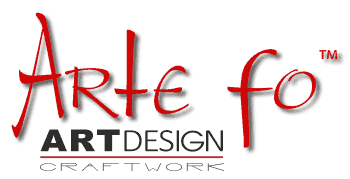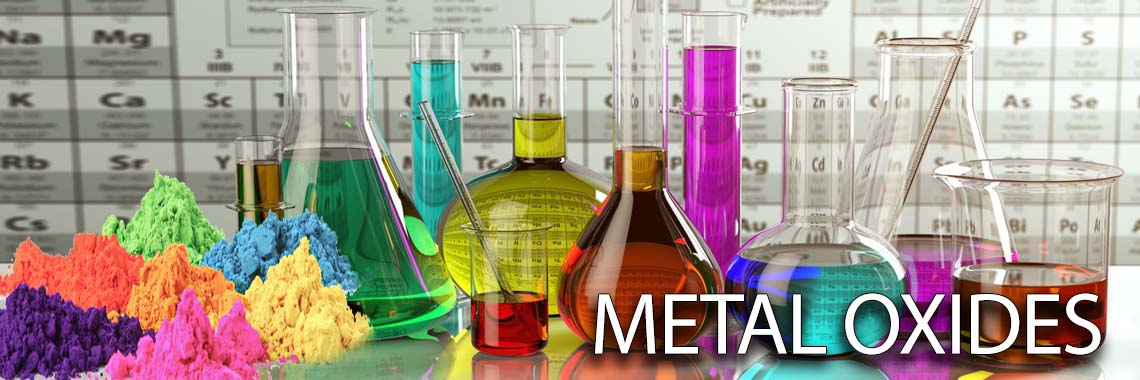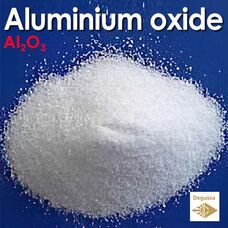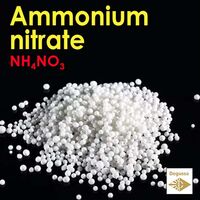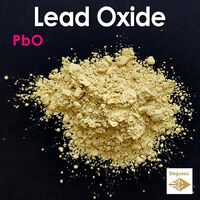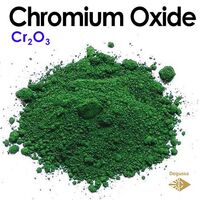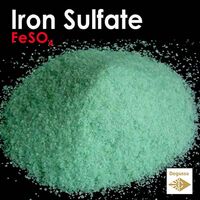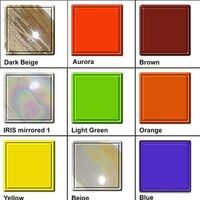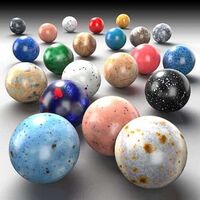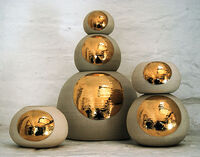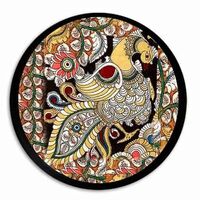What is aluminum oxide used for? What is difference between alumina and corundum? How do you use oxides in ceramics? Where in ceramics is aluminium oxide used for
Al2O3
Aluminium oxide is a chemical compound of aluminium and oxygen with the chemical formula Al2O3. It is the most commonly occurring of several aluminium oxides, and is specifically identified as aluminium(III) oxide. It is commonly called alumina and may also be called aloxide, aloxite, or alundum depending on particular forms or applications. It occurs naturally in its crystalline polymorphic phase α-Al2O3 as the mineral corundum, varieties of which form the precious gemstones ruby and sapphire. Al2O3 is significant in its use to produce aluminium metal, as an abrasive owing to its hardness, and as a refractory material owing to its high melting point. Known as alpha alumina in materials science communities or alundum (in fused form) or aloxite in the ceramic communities aluminium oxide finds wide use. Alumina effect pigment flakes are used in paint for reflective decorative effects in ceramics and pottery industries.
All pigments for ceramics are intermixable so why not get creative and experiment by missing your own completely fresh color. During the firing process, the colors fuse extra vigorously creating purity, intensity, and brilliance. The colors are stronger, therefore, significantly less percentage is needed to create vivid colors making them excessively cost-effective. With the Aluminum oxide formula you achieve amazing effects.
Aluminium oxide, also known as alumina, is a compound composed of aluminium and oxygen with the chemical formula Al2O3. It occurs naturally in the form of minerals such as corundum and bauxite.
Aluminium oxide has a wide range of applications due to its physical and chemical properties.
Some of its common uses include:
Abrasive: Aluminium oxide is widely used as an abrasive material in various industries. It is used for grinding, polishing, and sanding applications. It is commonly found in sandpaper, grinding wheels, and abrasive compounds.
Refractory Material: Due to its high melting point and excellent heat resistance, aluminium oxide is used as a refractory material in high-temperature applications. It is used to line kilns, furnaces, and other industrial equipment that operate at elevated temperatures.
Catalyst: Aluminium oxide is used as a catalyst in various chemical reactions. It can act as a catalyst support or as an active catalyst itself, depending on the specific application. It is commonly used in the production of chemicals, petrochemicals, and polymers.
Electrical Insulation: Aluminium oxide is an excellent electrical insulator, making it useful in electrical applications. It is used as an insulating material in high-voltage power transmission systems, electronic components, and electrical insulators.
Fillers and Additives: Aluminium oxide is used as a filler or additive in various materials. It is added to plastics, ceramics, paints, and coatings to enhance their mechanical strength, hardness, and resistance to wear and corrosion.
Dental and Medical Applications: Aluminium oxide is utilized in dentistry and medicine. It is used as a dental abrasive for polishing teeth and dental prosthetics. It is also used in orthopedic implants and as a biocompatible material for medical applications.
These are just a few examples of the many uses of aluminium oxide across different industries. Its versatility, hardness, and resistance to heat and chemicals make it a valuable material in various applications.
How to use Iron Oxide in the pottery:
It is used to stiffen the glaze and prevent it from running off. It also prevents crystallisation in the glazes, but in high quantities makes the glaze matt.
Increases the temperature of the glaze and its wear resistance. In ceramics, Al2O3 comes up when technicians talk about glaze chemistry. It is an oxide mostly contributed by clays, feldspars, and frits. As glazes melt oxides are liberated from materials and they form a glass structure. Al2O3 is very important in that structure, mainly imparting stability to the melt and durability to the fired glass. Almost all glazes have significant Al2O3 (second only to SiO2).
Al2O3 in kaolin or feldspar is chemically combined with SiO2 and is readily dissolved into glaze melts. However, the Al2O3 in alumina hydrate or calcined alumina is a crystalline solid (these materials are very refractory and sintered into a multitude of hi-tech ceramic products). Thus, alumina, as a material, is not a good source of Al2O3 to glaze melts, it does not readily melt and yield the oxides. In bodies, it will almost always exist as unmelted particles (although some very small particles could dissolve into the inter-particle feldspar glass).
Formula: Al2O3
Molecular Weight: 101,961 g/mol
Form: powder
CAS Number: 142844-00-6
Density: 3.95 g/cm³
Synonyms: Aluminium oxide, Bauxite, gamma-Alumina, Corundum
ALUMINIUM OXIDE - Bauxite Alumina Corundum - Ceramic Pigments
- Brand: Degussa
- Product Code: Oxide - Aluminium Oxide - Al2O3
- SKU: Al2O3
- Availability: 322
-
0.59€
Available Options
Related Products
AMMONIUM NITRATE - What is ammonium nitrate and what is it used for
NH4NO3 AAmmonium nitrate (NH4NO3) is a chemical compound that consists of ammonium ions (NH4+) and nitrate ions (NO..
0.59€ 0.99€
Lead Monoxide - Yellow Pigment for effect glazes
PbO Lead(II) oxide, also called lead monoxide, is the inorganic compound with the molecular formula PbO. PbO occurs..
0.99€
Chromium(III) oxide Chromia Demystifying for Fantastic Glaze
Cr2O3 Chromium(III) oxide, also known as chromic oxide or green chromium oxide, is a chemical compound with the for..
1.19€
Iron(II) sulfate Heptahydrate - Ferrous sulfate - Green Stone
FeSO4 Iron(II) sulfate (British English: iron(II) sulphate) or ferrous sulfate denotes a range of salts with the fo..
0.59€
Tags: oxide
